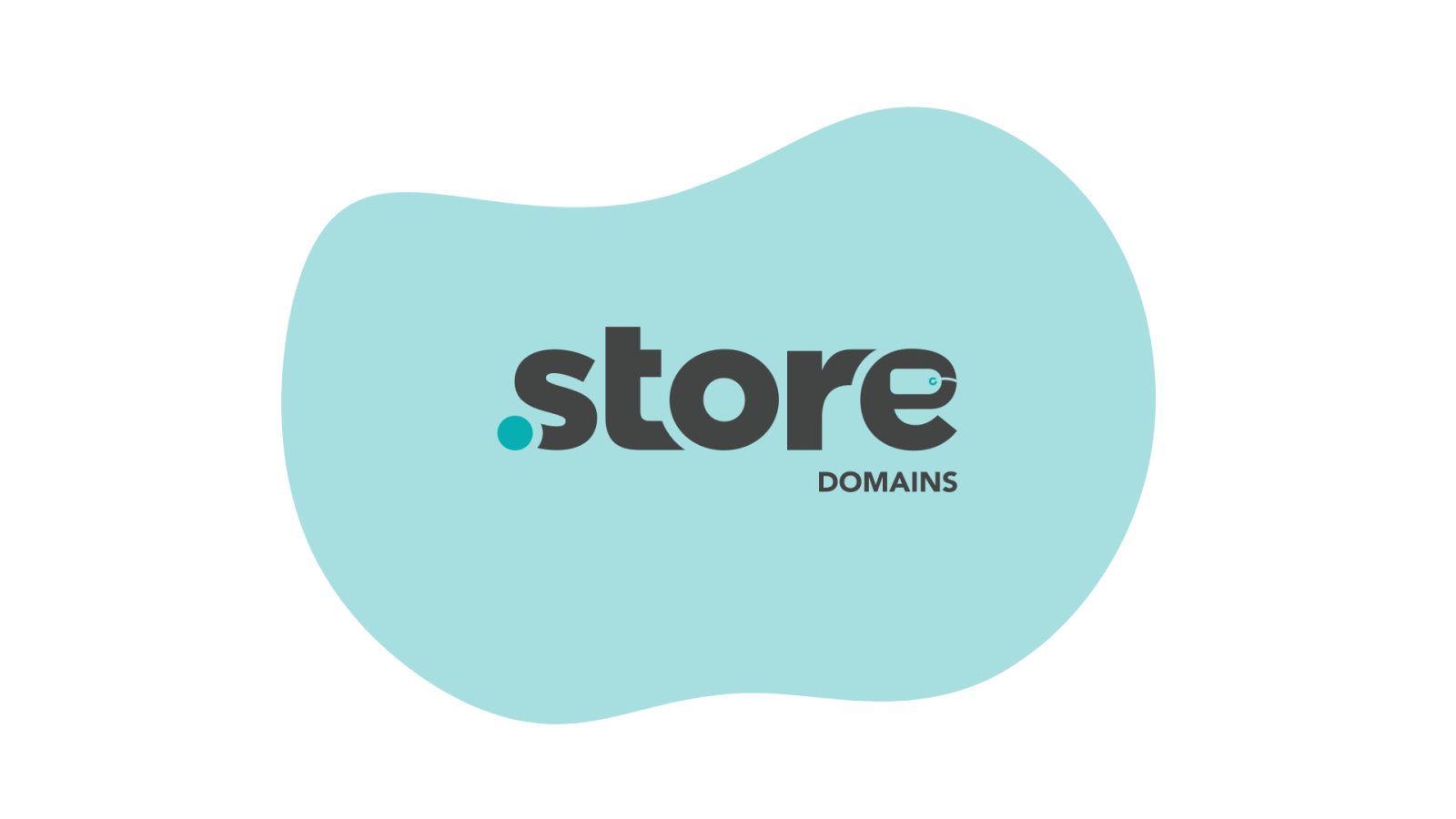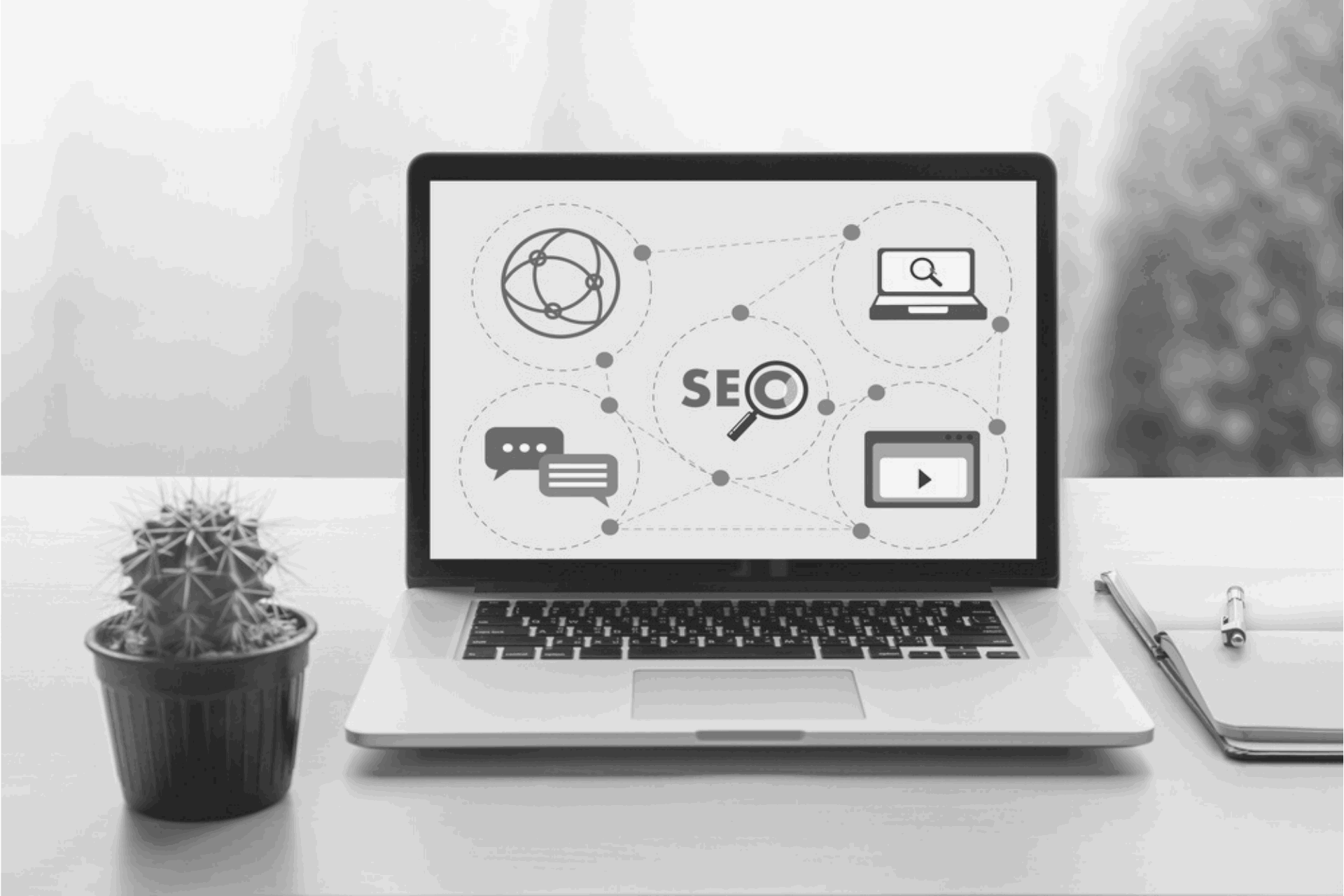As an eCommerce store owner, what is it that you can do to grow your business and customers steadily? That’s a question on every eCommerce player’s mind! In this post, we take a deep dive into the secrets of sustainable eCommerce growth with Darpan Munjal who has over 22 years of eCommerce experience in technology and digital marketing. Currently, he is the founder of Squadhelp, a crowdsourcing platform helping startups engage hundreds of branding experts for their naming and branding projects.


Darpan Munjal’s 22 years of experience in Digital and Tech focused businesses ranges from bootstrapped startups to multi billion-dollar Fortune 100 companies. In 2012, Darpan co-founded Fashionara.com, a fashion focused eCommerce marketplace for the India market. Darpan is also the Founder of Squadhelp, an innovative crowdsourcing platform that connects creatives from across the globe with startups and businesses. Prior to that, Darpan ran his own eCommerce consulting firm in Chicago (Leapmatrix), which provided technology consulting and digital marketing services. Darpan has also held various senior level positions with Fortune 500 Companies. Read more about Darpan on his LinkedIn profile.
What is the secret to steady customer acquisition for an eCommerce retail store?
I don’t believe there is one secret that can offer steady customer acquisition, but I do believe it always comes down to the core product. And by product, I don’t just mean the physical products being sold by the eCommerce store. It is about the overall experience that sets you apart. A lot of eCommerce businesses make the mistake of spending large sums of marketing money to acquire customers (I have been guilty of that as well). Yes, you can acquire customers by burning a large amount of marketing money in advertising and promotions. However, that is not a sustainable strategy.
I feel it is important to spend your time and effort in establishing what sets you apart from others. Unless you are in a niche category, it is likely that there are other competitors that offer products such as yours. What makes you unique? Is it the product assortment? Is it price? Is it the overall shopping experience? Is it the delivery experience? Is it the customer service?
Of course, we want to be good at everything, but I feel we must pick one area that we are deeply passionate about, and invest a significant amount of resources and efforts in making that aspect stand out. For example, if we want to offer the best delivery experience, then we must invest considerable time and effort in thinking about our product packaging, the speed of delivery, and the overall returns process. Then, the brand messaging must continue to reinforce that strong aspect of differentiation in all our communication.
In what ways can crowd-sourcing help eCommerce players?

Crowdsourcing is not new; however, I still feel many companies haven’t taken advantage of crowdsourcing in a way that can help their business.
Starting with branding, finding a unique name and establishing a unique identity is not easy. Many companies struggle to find a unique name, and as a result, they end up picking a generic or an average name for their venture.
Platforms like Squadhelp (disclaimer, I am the founder) allow companies to engage with hundreds of branding experts and get highly differentiated, impactful names and logo designs. This allows them to build a memorable brand that can make a powerful impact on your potential customers.
Similarly, now there are platforms that allow eCommerce companies to source content writers who can create catchy product descriptions and content for their products.
There are also testing platforms like utest.com that allow eCommerce websites to test their end to end experience. In addition, there are user testing platforms such as usertesting.com which allow eCommerce websites to get usability related feedback from potential customers.
On the supply side, there are several eCommerce companies, that have leveraged crowdsourcing for building a deep differentiation in their product assortment. For example, companies such as threadless.com and etsy.com leverage crowdsourcing to allow creativity in sourcing unique products that can be sold on their platform.
What are some of the most crucial UI/US touch points that eCommerce players should keep in mind when building their portal?
First of all, a fully optimized mobile experience is extremely crucial. customers are moving more and more to mobile commerce, and having a “mobile-first” approach, ensuring that your website works extremely well on mobile and tablets, is crucial.
Secondly, the discovery of products is important. Investing in a very robust search capability that allows customers to filter using different product attributes is quite crucial.
Lastly, investing in a “customer-friendly” item hierarchy can be very helpful in improving the discovery of products. Many online retailers categorize the products using physical and technical attributes such as color, size, weight etc. However, it is important to invest in a consistent set of attributes across your entire product assortment. For example, if you are a fashion retailer, you will find that some brands represent their products using “Small”, “Medium”, Large” attributes while others use a different sizing model such as “Size 10”, “Size 12” etc. Offering a consistent way to find these products will significantly improve the discovery of your products.

How important is digital marketing for eCommerce businesses? What is the best way to track and measure the impact of digital marketing spends?
There is no question digital marketing plays a crucial role in any eCommerce business. As a starting point, most eCommerce businesses should invest in digital marketing in channels such as Google Search. However, depending on the category, other channels such as Facebook, Instagram or Quora can be extremely powerful in inspiring and acquiring customers.
When it comes to tracking the investment, it is important to go as granular as possible with your marketing campaigns. For example, in a channel like Facebook, always break your ad-sets down by age groups, gender, and interest targeting. This would allow you to capture very precise and actionable insights around which specific target group is providing the best ROI.
I have written a detailed article about this topic on Kissmetrics here.
What is more important – customer retention or customer acquisition?
I don’t think you can afford to focus on one at the expense of the other. Both, retention and acquisition, are extremely important in building a respectful business.
Personally, I feel customer retention gives you a much better view of the health and sustainability of your business than customer acquisition does.
It is easy to acquire customers by spending a significant amount of marketing dollars. However, the true test is whether those customers are coming back on their own to make additional purchases. If your business has a very strong customer growth but very weak retention, it is a warning sign that the customers you are acquiring are likely not loyal to your brand, and you may need to dig deeper in building a much sharper differentiation around the core promise of your brand.
Setting up a Cohort analysis is extremely important from day 1, and it can provide actionable insights around both, customer acquisition and retention, which can be extremely helpful in implementing any course correction.
What are some of the short-sighted decisions business owners should avoid for achieving a sustainable eCommerce growth?
Here are few decisions that can play a significant role in achieving sustainable eCommerce growth:
1) Acquiring customers by spending a huge amount of marketing dollars in advertising and discounts. For reasons stated previously, this strategy can give you a short-term boost but without a clear path to profitability, this can be lead to a very dangerous outcome in the long run.
2) Trying to be everything for everyone: We all want to offer best in class customer service, a unique product assortment at low prices, an outstanding delivery, and return process. However, we have to accept that building a business is all about trade-offs and prioritization. There’s no question that we must offer a good overall experience, but we must choose one vector that truly differentiates us from others. Without such a sharp differentiation, we wouldn’t be able to build a loyal customer base that is passionate about shopping with us.
3) Under-investing in shipping, logistics, and returns. Let’s face it: back-end processes are not “sexy” and they are not the first thing many startups think about. However, investing in your back-end processes can go a long way in gaining your customer’s trust. The last thing you want is to promise a shipping date, and then fail to deliver on that promise. Similarly, if your return process is patchy or cumbersome, it is likely that the customers will not come back for more purchases. As much as it is important to invest in a great UX, and front-end experience, I would argue that it is equally important to build a well-tested back-end experience that ensures consistency in your ability to exceed customer expectations.
Ensure your online store enjoys a solid eCommerce growth with a .store domain name.







